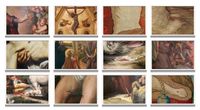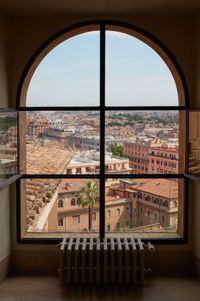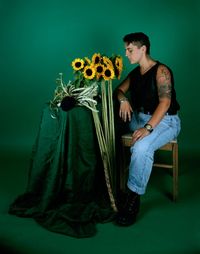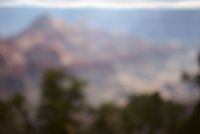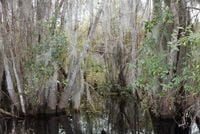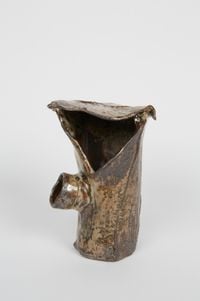Catherine Opie is an American photographer best known for her portrayal of fringe facets of contemporary American life.
Read MoreBorn in Ohio, she completed her studies in California, receiving a BFA from the San Francisco Art Institute in 1985 and an MFA from California Institute of the Arts in 1988. Since then, the artist has lived and worked in Los Angeles, albeit exhibiting around the globe.
In 2001, she began teaching at University of California, Los Angeles, and she also is a board member at the Museum of Contemporary Art Los Angeles, Andy Warhol Foundation for the Visual Arts, and the Mike Kelley Foundation for the Arts.
Initially inspired by the documentary work of Lewis Hine (1874–1940), who used his camera to expose the plight of child labourers, Catherine Opie has worked with a diverse range of communities including lesbian families, sadomasochists, football players and surfers. Despite the seeming disparity of these groups, Opie's oeuvre is cohesive in its effort to examine society's perception of the marginalised and foster a new sense of intimacy and community.
Throughout her career, Opie has frequently drawn from her immediate surroundings—including her family and friends—to respond to larger social discourses. Reacting against the homophobic campaigns of the 1990s led by US politician Jesse Helms, Opie depicted her gay and lesbian friends in Los Angeles in 'Being and Having' (1991) and 'Portraits' (1993–1997). Through vibrant colours and formal compositions that bring to mind historic painters like Hans Holbein, Opie has portrayed the otherwise denigrated members of the queer community as dignified individuals.
Of her numerous series, Opie is perhaps most remembered for her provocative self-portraits. Self-Portrait/Cutting (1993) and Self-Portrait/Pervert (1994), both exhibited at the 1995 Whitney Biennial, depict the artist at a time when she was involved in the leather community. In these photographs, Opie's torso appears naked and her face anonymous, turned away from the camera or hidden underneath a leather mask. Drawings cut into her skin accompany her body in both images: one of a lesbian couple and the other of the word 'Pervert'.
The two images express the artist's simultaneous desire for a family and her identity as a queer participant in sadomasochism. Opie's self-portraits were a callout to the larger gay community, who she felt undervalued the leather community. In her striking declaration of self, Opie demanded that society reconsider its perception of 'outsiders'.
Opie's exploration of contemporary Americanness encompasses landscapes, which has seen the artist photograph the horizon of Lake Michigan each season in Fall, Winter, Spring, Summer (Lake Michigan) (2004–5) and swamps in the American South.
In the large-scale My Shore (2022), presented at her solo exhibition To Your Shore From My Shore and Back Again at Lehmann Maupin Seoul in 2022, Opie brought together photographs of the sunrise and sunset she took in 2009 on a container ship from Korea to California. Presented in a row, without descriptions, the images could be portraits of the same waters, extending a sense of universality.
Since her solo debut in 1991, Catherine Opie has held solo and group exhibitions internationally.
Solo exhibitions include To Your Shore From My Shore and Back Again, Lehmann Maupin, Seoul (2022); Rhetorical Landscape, Regen Projects, Los Angeles (2020); Catherine Opie: O, Los Angeles County Museum of Art (2016); Catherine Opie: Portraits and Landscapes, Wexner Center for the Arts, Columbus, Ohio (2015).
Group exhibitions include Picturing Motherhood Now: Image for a New Era, Cleveland Museum of Art, Ohio (2021); Masculinities: Liberation through Photography, Martin-Gropius-Bau, Berlin (2020); Implicit Tensions: Mapplethorpe Now, Solomon R. Guggenheim Museum, New York (2019); Scripted Reality: the Life and Art of Television, Museo Jumex, Mexico City (2018).
Sherry Paik | Ocula | 2022
